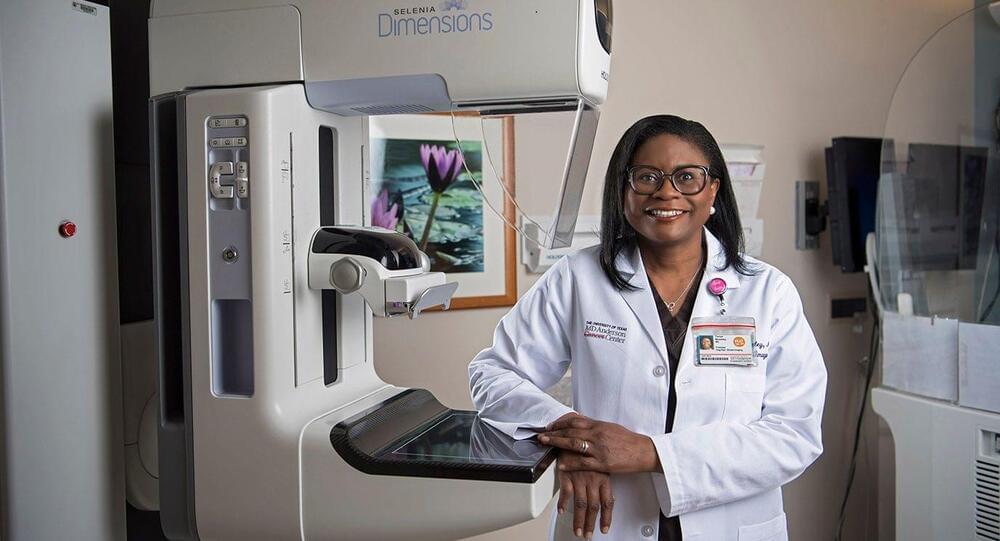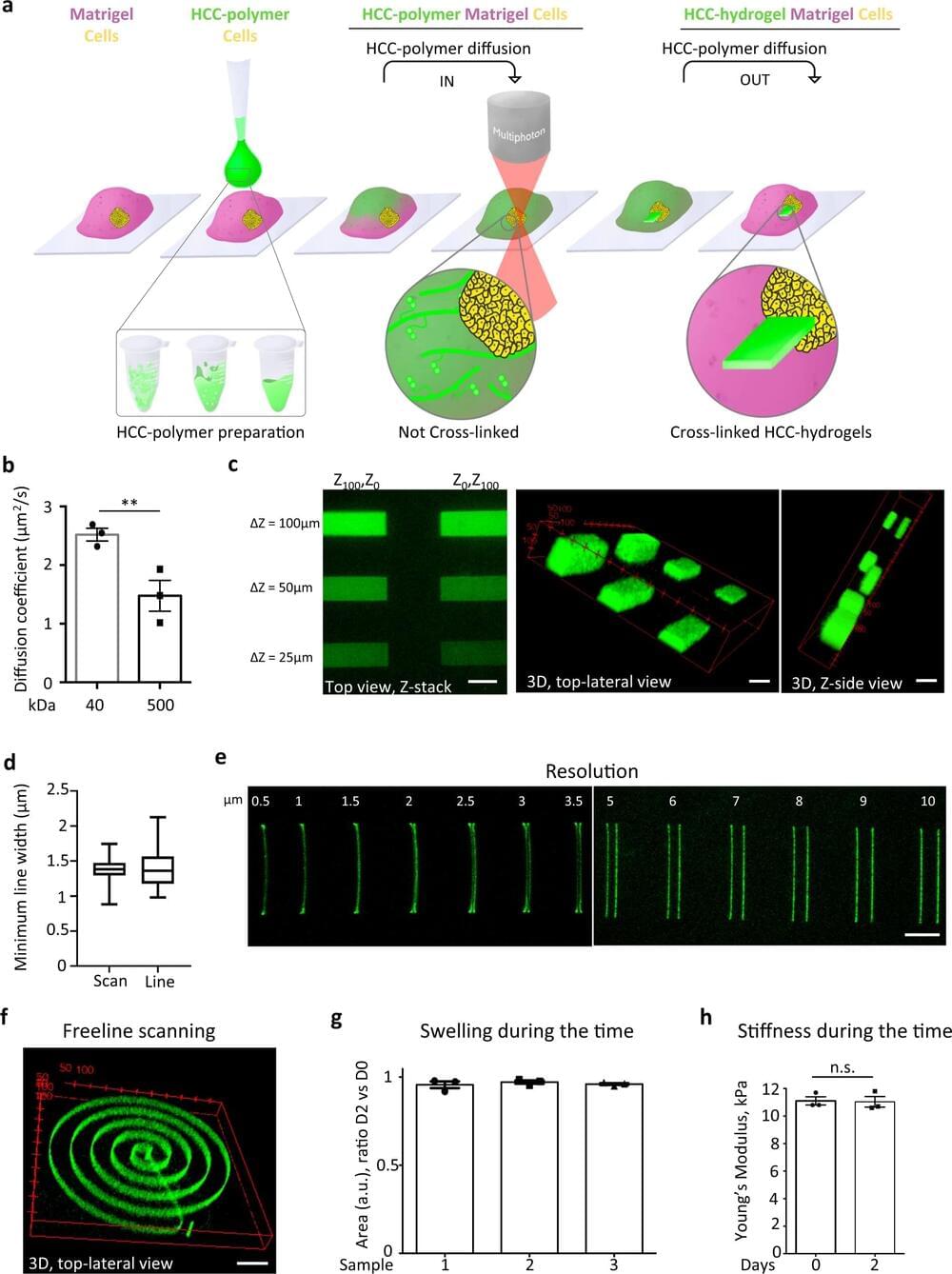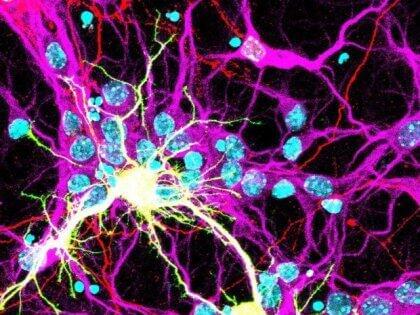Today Loremasters we explore some of hyper technology of the Necrons – the World Engine, Celestial Orrery & the Dolmen Gates.
Masters of Material Technology
The Necrons are the masters of Material technology, and their technological feats may seem magical to lesser races. Their technological masters, Crypteks, can manipulate matter at a fundamental level and wield such arcane concepts as phase-gates, subatomic infusion, and temporal looping. Several Necron super-weapons such as the World Engine and Celestial Orrery have galaxy-devastating capabilities. However it is Living Metal, or Necrodermis, which equips nearly all Necron technology. These billion-strong swarns of nano–Scarabs crawl under the skin of Necrons at a cellular level, allowing for self-repair and regeneration. Also, on particularly rare occasions, a super heavy Necron device called a Necron Pylon is seen. It is feared for its extreme power and ability to appear anywhere on the battlefield.









